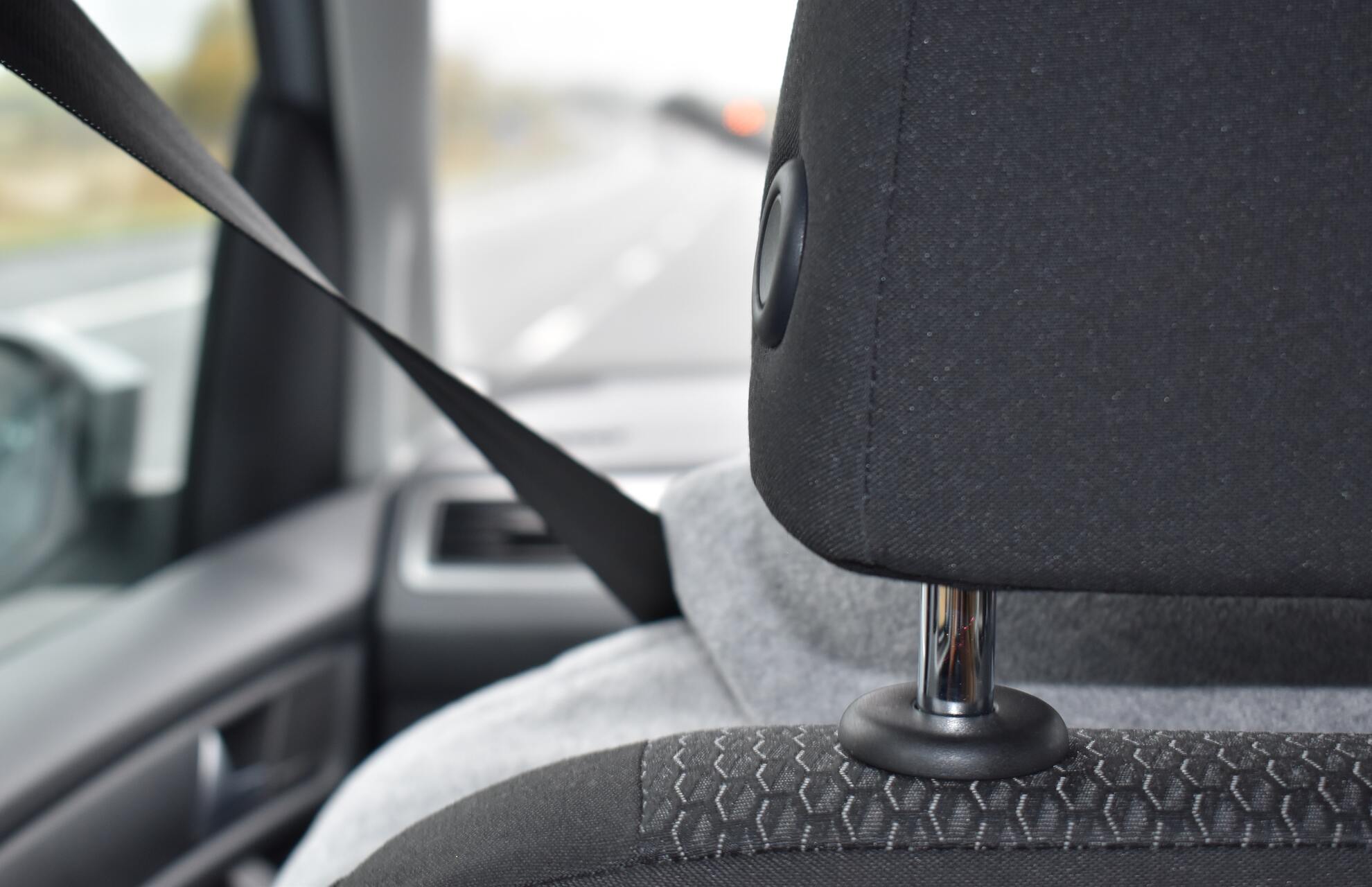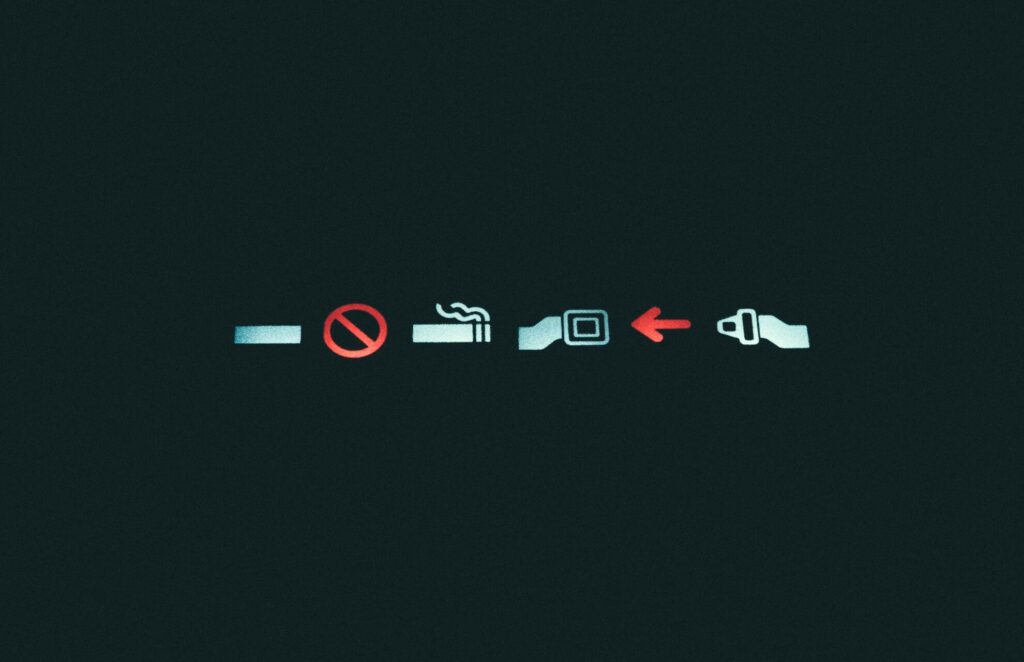
Why Do Seat Belts Lock: 10 Reasons
Does your seat belt lock up when you lean forward in your friend’s car while sitting in the passenger seat? The seat belts lock for what reason? How can this issue be fixed? The seat belt retractors should generally be changed in order to resolve seat belt lock-up. Read the article and you can learn why your seat belts lock.
How Seatbelts Work
The Retractor
A seatbelt is made up of a retractor mechanism and a flexible webbing belt. The retractor, which is typically housed in a plastic housing above the passenger’s outer shoulder, is made up of a spool around which the belt winds and a spring attached to the spool to maintain the tautness of the webbing.
The spring is untwisted when you unbuckle a seatbelt by pulling it across your chest and pelvis. The spring wants to return to its coiled position, so when you release the belt, the spring causes the spool to spin in a clockwise direction, reeling in the slack.
The Locking Mechanism
The device that tightens the belt in the unfortunate event of a crash is the spool’s locking mechanism, which is the most crucial component of a seat belt. Either movement of the car or the belt moves the locking mechanism.
In systems that are activated by the vehicle, a weighted pendulum swings forward when the vehicle abruptly stops, causing a metal bar to jam into a toothed gear attached to the spool. The belt holds the passenger firmly in place because it cannot unwind further.
In belt-activated systems, a lever attached to the spool moves outward due to centrifugal force produced by a sudden jerk of the belt. The extended lever engages a mechanism that stops the spool’s rotating by catching the toothed gear attached to it.
In both systems, the goal is to pull the belt tighter so that your body’s strongest parts receive a balanced distribution of the belt’s braking power.

Why Do Seat Belts Lock Up
Seat belts lock in response to collisions or abrupt stops, but they occasionally jam in less traumatic circumstances as well. Why your seat belt keeps locking up in your car is explained below.
Seat Belt Locked Up After Accident
The seat belt retractor was made to lock up in stressful circumstances by the manufacturers. The edge of this retractor resembles teeth and mimics a spool. It enables the seat harness to be pulled and modified as needed by the passenger.
Along with The Pyro Sensor, a seat belt retractor is functional. When there is an accident, the airbag light and pyro sensor are activated.
During a crash or abrupt stops, the typical retract-and-extend mechanism slightly alters. You’re kept safe by its stopping, clogging up, and holding your position. Your seat belt may be protecting you if it stops.
Faulty Seat Belt
Your safety harness might be faulty if it frequently locks up when you pull it. Get it checked to see if it is correctly calibrated and not too sensitive to work. Additionally, you ought to look for rips and tears.
These steps can help you determine whether your seat belt is defective.
- Put on your safety belt and check that the seat belt indicator is turned off.
- Try the pull test by quickly tugging your safety harness to make sure it locks.
- You would need to get a new seat belt if your seat belt did not respond well to either of these procedures.
Leaning Forward Too Quickly
Although it may seem annoying, seat belts are actually made to lock if you lean forward or pull them too quickly. So, this is a safety feature rather than a flaw in the device.
Nevertheless, it is possible that the locking mechanism will become more sensitive than usual, necessitating a seat belt inspection at a specialized service facility.
Sudden Braking
Similar to the previous point, when there is a sudden change in speed, whether, from braking or acceleration, the seat belt retractor is intended to lock. In other words, if you drive erratically, you can anticipate your seatbelts to lock continuously.
Descending A Steep Hill
The majority of contemporary seat belts have mechanical or electronic sensors that identify vehicle inclination. Seat belts may therefore lock as a safety precaution when traveling downhill.
Dirty Seat Belt Webbing
The situations in which the seat belt locks are mentioned in all of the aforementioned bullet points. The belt webbing may accumulate too much grit and dirt over time, though, and the retractor may begin to lock.
This soiling causes more friction than usual on the mechanism, which slows down the seat belt’s retraction and extraction. As a result, it can sometimes be very challenging to fasten the seat belt because the retractor locks easily.
Debris Stuck In The Retractor Internal Mechanism
Due to debris or objects becoming lodged in the retractor’s internal mechanism, rear seat belts are frequently prone to jamming.
Children playing and dropping small objects, work supplies, dirt and dust in the environment, and other factors are possible sources of this debris.
Improper Installation
The lack of proper installation procedures is a little-known factor in seat belt locking. Because the seat belt webbing retracts more than is necessary, this type of locking is often referred to as a “reverse lock.”
Faulty Retractor
Finally, it’s possible that your seat belts are jamming because they are faulty or bad. You have three choices in that situation: purchase a brand-new seat belt, a used one, or restore your current seat belt to factory specifications.
Seat Belt Locking Up For No Reason
The retractor was made to protect you, as was mentioned earlier, but occasionally it locks up even when moving normally. Below are possible reasons why;
- Unexpected movement while restrained. The retractor can be activated by suddenly jerking forward.
- The belt would lock if you simultaneously leaned outwards as the driver applied the brakes.
What To Do If Seat Belts Locks Up
Activate Or Deactivate The Auto-lock Mode In Your Seat Belts
These actions will stop the automated lock.
Step 1: Connect the safety harness. In a downward motion, fully extend the safety harness.
Step 2: A safety harness should be allowed to retract. Allowing the belt to fully retract while you release your grip will turn off the auto-lock.
Please be aware that manufacturers do not recommend doing this because a seat belt is meant to keep passengers safe. Only when a safety harness locks when it detects trauma can it keep you safe. In the event of danger, the seat belt lock won’t work properly if you turn it off.
You can hold the manufacturers accountable if your seat harness stops working in a crash, especially if you didn’t turn off the auto-lock mode.
The mechanic is at fault if you’ve just replaced or maintained them and they still don’t work. However, if you intentionally turned it off despite being aware of the risks, you are solely to blame.
Untangle Seat Belt & Reactor
With a screwdriver, remove the plastic covering from the safety harness to make sure. The retractor (teeth-like spool) is enclosed in this plastic.
You must take the chairs out to access the retractor for back seat repairs. Typically, the truck area is where it is. Pull the safety harness out completely after removing the plastic casing.
There ought to be tangles or even debris lodged there. Clean up all of the debris and reposition the belt. Allow the safety harness to retract backward after that.
Verify that the belt is responsive and in working order. The casing is secured with screws and a cover.


